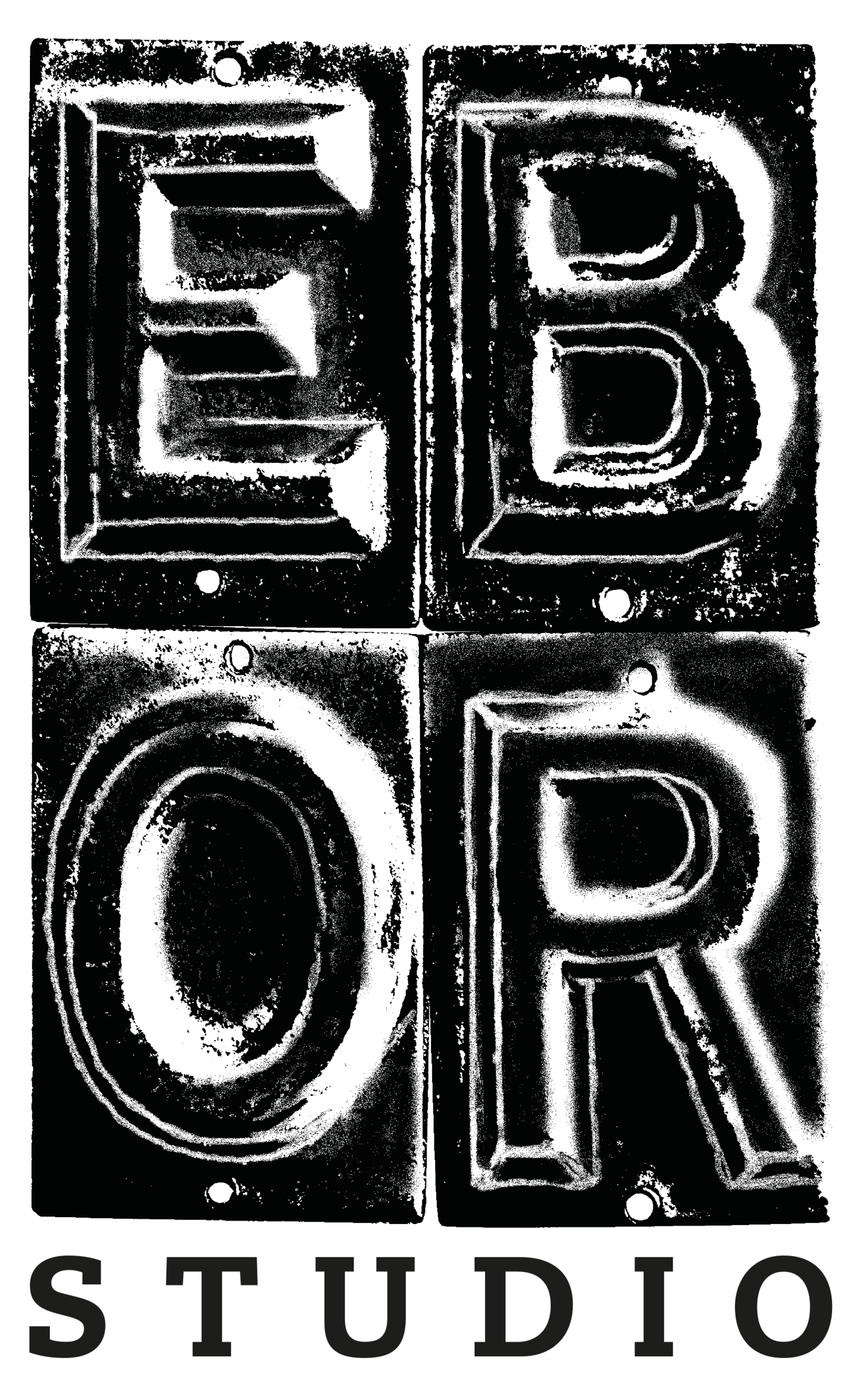





Rahela Khan
Rahela was born in the UK and brought up by her immigrant parents from the Bengal region of the Indian sub-continent. During her undergraduate days at art school, almost 20 years ago, she was considered the outsider. She is still considered the outsider. Different.
Whilst at art school, she lived and studied abroad in Portugal for almost six months. The whole experience was profound, and geography features heavily in her artwork. This experience led her to embrace that she was different from her peers and went through a transformation and reconnected on the path to Islam.
Rahela is interested in female Muslim identity in diaspora communities, and she takes a special interest in pattern and colour within her art practice. This interest in colour and pattern derives from a young age, drawing on memories and influences from her cultural heritage. She draws on memories and influences from her cultural heritage and looks to cover subjects of emotional intimacy and distance. She seeks to make contemporary artwork which adheres to the tenets of the Islamic faith, which is aesthetically pleasing yet using non-figurative imagery.
Her work is an amalgamation and celebration of female Muslim identity with her own multicultural heritage, against the culture of misconceptions portrayed in western media. Her objective is for ethnic minorities, particularly Muslim women to have representation in the art field.
Most of the art pieces relate to travel and the use of the geography, heavily featuring doors and architecture in her art practice. These doorways signify gender inequality, especially for Muslim women.
Rahela’s artwork comprises of the experiential and decorative imaginings of travel portrayed in different visual art forms, such as documenting, printmaking, and ceramics. Her work can be summed up as transformational in many guises, opening up avenues for much needed conversations to begin.
The artwork and subject matter evolves, focusing heavily on Rochdale’s mosque architecture and relate to experiences of the pandemic where isolation and restrictions were placed, the aspect of worship and with very limited local travel.
Her artwork comprises of the experiences from memory, emotional intimacy and distance with her late parents, different visual art forms, such as documenting, printmaking, and ceramics. Her work is a hybrid of cultures, some which are subtle and ambiguous and others more explicit.
Previous exhibitions at Gallery FRANK:
